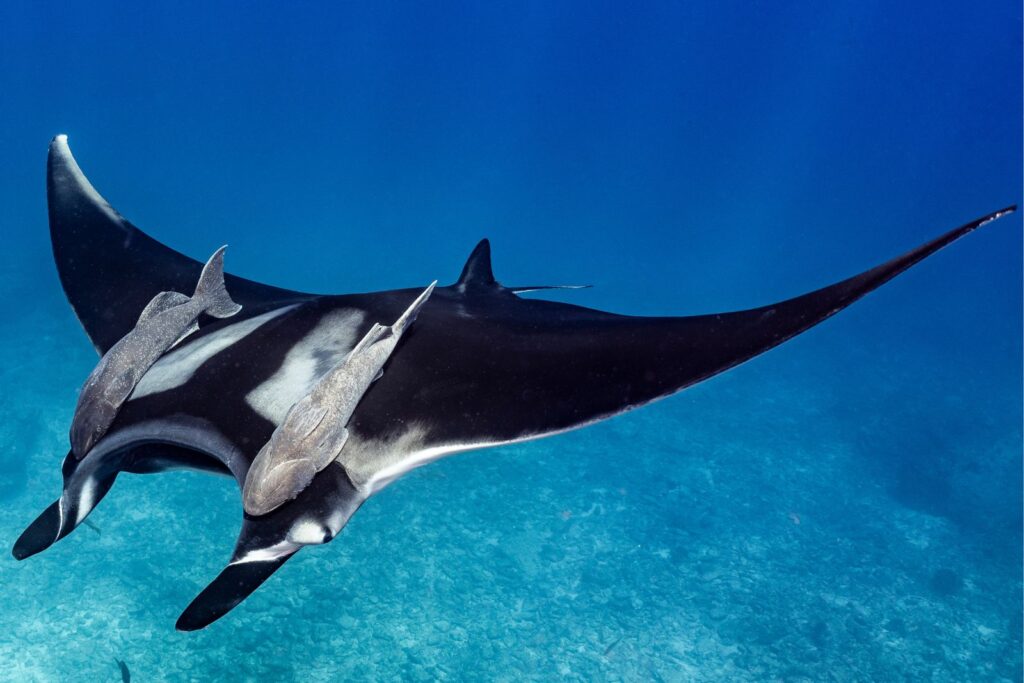Hammerhead Shark: Iconic Predator of the Ocean Depths
Meet the Hammerhead Shark
The hammerhead shark, with its unique head shape and keen senses, is one of the most recognizable predators in the ocean. Its elongated head, known as a cephalofoil, contains specialized sensory organs that help it detect prey and navigate its environment.
These magnificent sharks are found in oceans around the world, from coastal waters to the open sea. They are highly adaptable predators, capable of hunting a wide range of prey, including fish, squid, and crustaceans.
Anatomy and Adaptations
Hammerhead sharks possess a number of remarkable adaptations that contribute to their hunting success. Their wide-set eyes provide them with panoramic vision, allowing them to scan their surroundings for potential prey.
Additionally, their unique head shape gives them enhanced maneuverability and improved hydrodynamics, making them efficient swimmers and agile hunters. They use their hammer-shaped heads to pin down and immobilize prey, delivering powerful bites with their sharp teeth.
Conservation Status and Threats
While hammerhead sharks are not currently classified as endangered, they face threats from overfishing, habitat destruction, and pollution. Conservation efforts aimed at protecting marine habitats and regulating fishing practices are crucial for their long-term survival.
